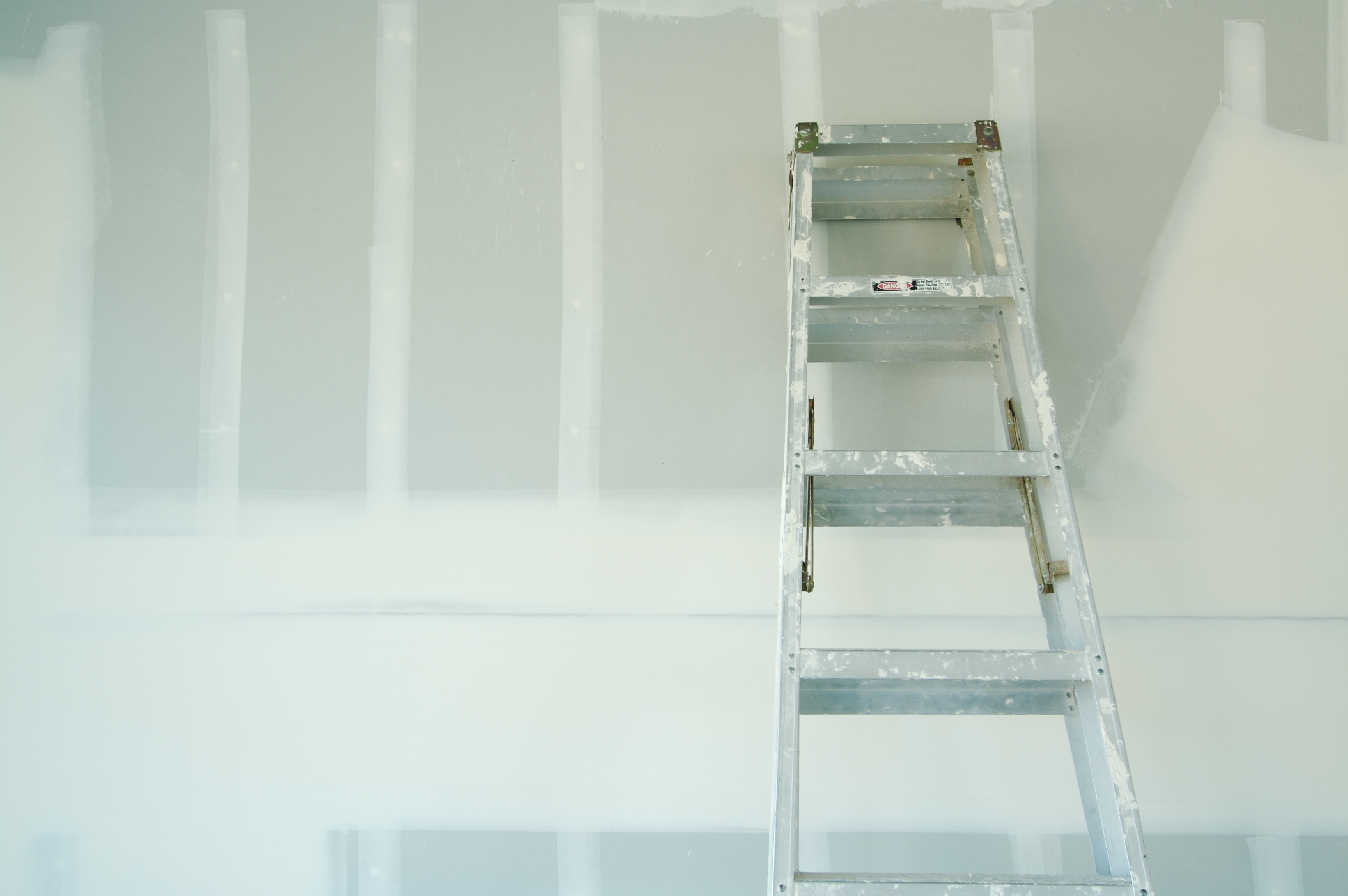How Would You Know If Your Drywall Needs Attention?
What you can do for your home is provide it with regular repairs and maintenance especially your drywalls. If you have drywall repair tasks lined up on your to-do list, it is time to pick up the phone and cross them off right now. But before you do that, understand some of the most common causes of damage to your drywall:
- Cracks from settling
- Damage from moisture
- Damage from mice
- Regular wear and tear
- Damage from kids
- Holes from drywall anchors
In case your drywall is damaged due to poor ventilation, your handyman will not only perform the needed repairs, but also inspect your bathroom and/or pantry or building shafts to determine whether or not you should have better or other more modern ventilation apparatuses installed.
Different Drywall Repair Services
Regardless of what company or handyman you call from any corner of Singapore, make sure that they know how to repair cracks and holes smoothly and pay more attention to final touches and drywall finishing services so that your home looks flawless.
Some Drywall Repair Options that are at your disposal
Before you hire a professional for these chores you need to understand how repairing a hole or crack within your drywall is done. You have 2 options and both have their pros and cons:
- Local Repair
This is very much the standard technique followed by most repairmen and it is ideal for damage to a small to medium-sized portion of the drywall. There is very little mess with a local repair and all small and annoying holes that require only spackling, and no additional drywall can be covered with this kind of repair. Even if a drywall is needed, one can use a piece of scrap material that is large enough for the purpose. This also saves you money. A word of caution though, any large piece that is used for the repair must be fastened to a stud or there are many other suitable brackets used for stability which can be inserted to secure the mounting material.
- Full-Sheet Repair
This is one of the simplest ways to repair bigger holes or areas of depression in your drywall. The sheet is first removed from the studs and a new piece of drywall is then screwed in its place. The handyman would then tape the joints and mud and sand them which results in a cleaner repair. This also blends better with the rest of your wall. The only disadvantage of this process is that it is more time consuming and at times more expensive. So, it is entirely your decision to make, which one do you pick?
For more information on best practice in how to deal with dry wall repair, contact our handyman Singapore for a second opinion now!



